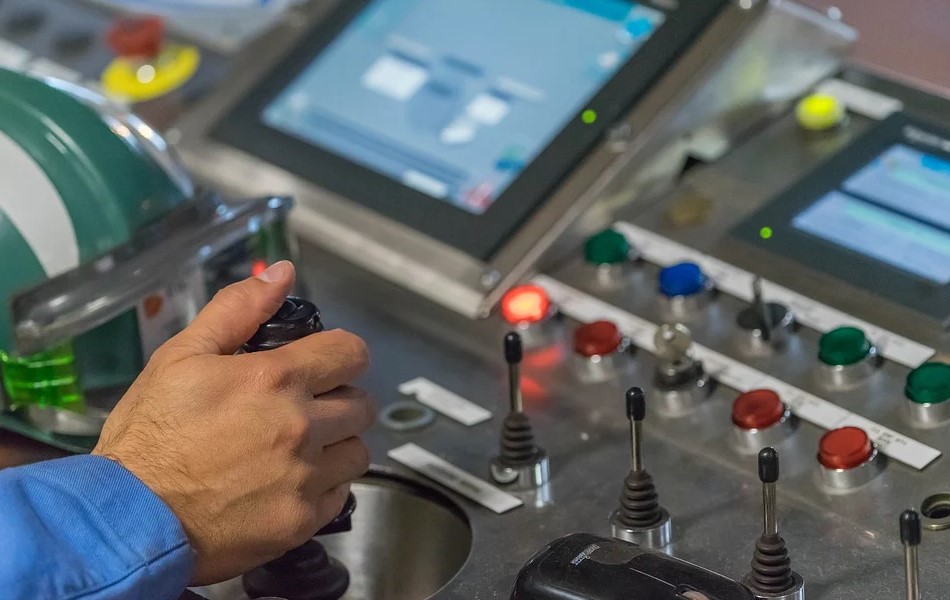
HMI is short for human machine interface. They are also referred to as touchscreen operator panels in the market.
We use HMIS and industry to control and monitor machines. It would be hard to have a good automated process in industry without an HMI.
We can operate the machine from the HMI. The screen and push buttons (physical or virtual) allow us to operate the machines. We can also monitor the machine statuses, process steps, material counts etc via HMI screen.
Comparing analog indicators, HMIs show very precise levels and exact positioning of machines where machine information used to be viewed on multiple indicators. On one digital screen almost unlimited (software limited) indicators are possibile.
HMIS connect to PLC to control and monitor near real time data. HMIs are also used to load recipes to PLCs. Compared to connecting a computer or laptop every time, HMIs can save valuable time.
Another benefit of having a modern HMI is the fact that plants can monitor and control multiple machines or sensors with a single hmi. Small manufacturing facilities could even monitor the entire plant with a couple of HMIs located centrally.
HMIs and PLC’s work together to monitor and control the machine. This means they have to be compatible and they also have to speak the same language. They do this on what’s called a protocol. Different companies use different protocols such as PROFIBUS and PROFINET.Protocol information is found on each manufacturers website.
HMIS use special software so engineers can program them correctly. Different brands of panels use different software.
Those specific software allow the engineer to design what the operator will actually see on the screen what they can monitor on the screen what buttons can be pushed and how the operator can manipulate the machine for.